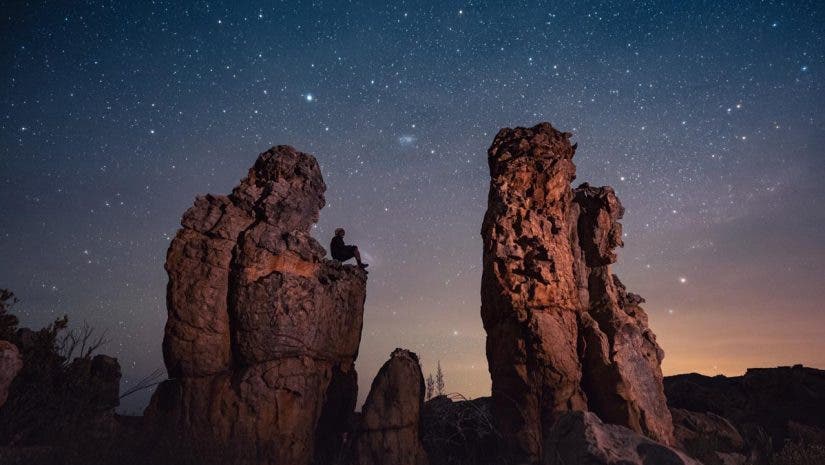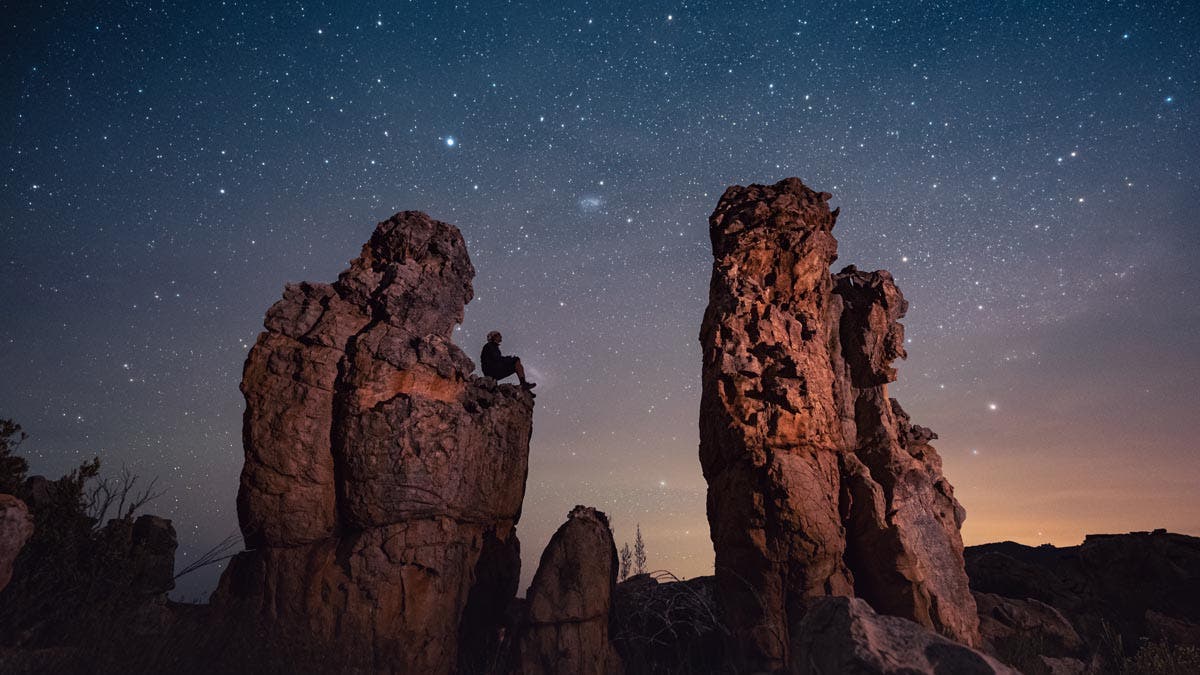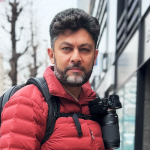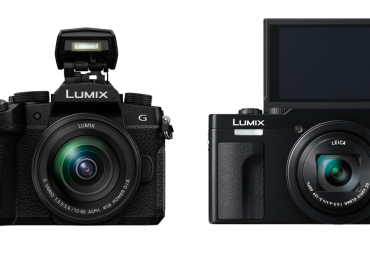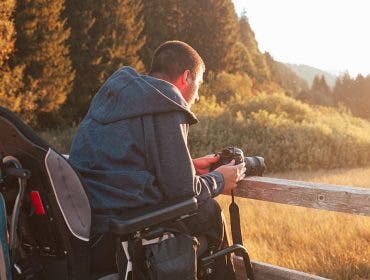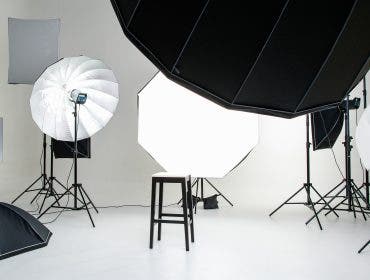During my early days, I came across a quote by master photographer Henri Cartier-Bresson, famed for his candid, elegant, and humanist style of work, that genuinely inspired me: “It is an illusion that photos are made with the camera… they are made with the eye, heart, and head.” This quote deeply impressed me, prompting frequent visits to local parks and excursions in and around my hometown, where I attempted to capture subjects that intrigued me. I took what Henri said literally, and my priorities became observation and composition while my camera functioned in “auto mode.” I found the numerous dials on the camera to be quite perplexing. It was here that I began my artistic journey.
Note: You can listen to this post in audio format on our podcast, Adorama Narrated, below.
Artistic Journey: Master the Technical
As time passed, I experienced frustration due to my inability to attain the desired photographic outcomes. In pursuit of images that mirrored those I admired in magazines and online platforms, I discovered a video that accentuated the importance of camera settings and techniques. Through learning more about my camera and practicing fundamental settings, I understood that post-processing is also essential to photography.
While the experiences I outlined were not without their challenges, most of my journey provided me joy, fulfillment, and a sense of adventure. I consistently emphasize to my students and novices the importance of the aforementioned aspects of photography.
Reflecting upon Henri and many other great photographers who have influenced me, I remained passionate about finding a more comprehensive yet philosophical answer to the question, “What truly makes a great photo?”
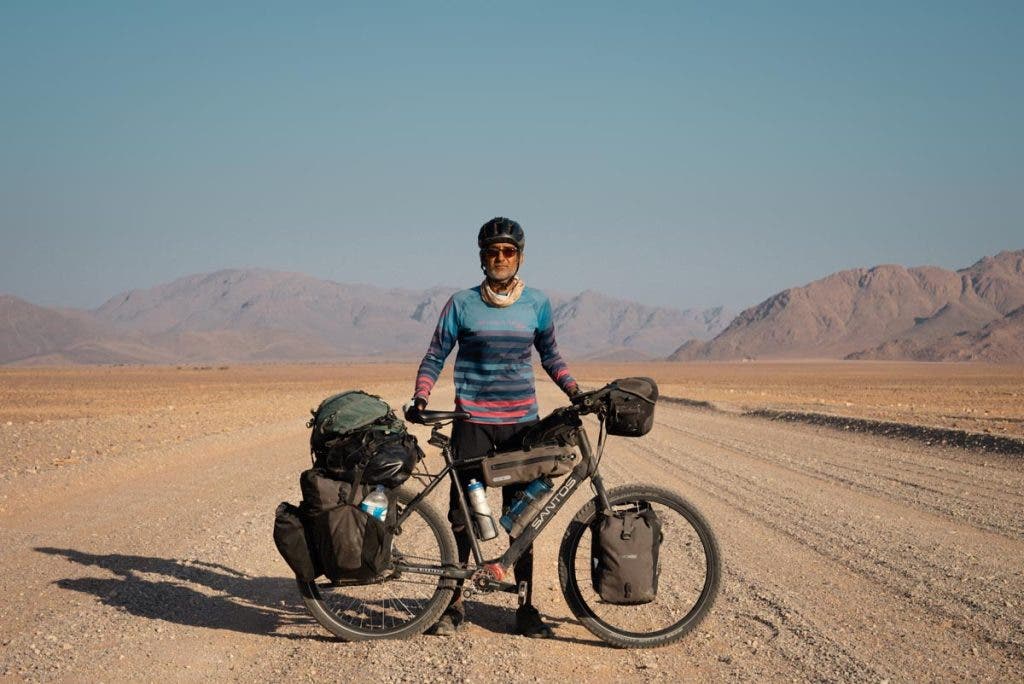
Artistic Journey: Collaboration and Insight
Throughout my career, I have had the opportunity to collaborate with several photographers, from whom I have gained valuable insights through careful observation. All of these have been key to my artistic journey. However, my recent engagement with a world-renowned cyclist and photographer, who has traversed the lengths of South and North America, Asia, and Africa by bicycle, has profoundly influenced my philosophical approach to photography. This interaction with Kamran Ali, known as @KamranOnBike on social networks, significantly resonated with me and has shaped my perspective in a meaningful manner. He distinctly identifies two of his greatest loves as cycling and photography. His mission is clear: “To continue exploring the world and documenting the rich tapestry of cultures, to inspirational stories, and unique experiences. Through my lens, I hope to share a few lessons learned from the road.”
After spending some weeks capturing photographs of and alongside Kamran, I asked, “What qualities make a great photo and a skilled photographer?”
Kamran replied, “I met the renowned photographer and journalist Eli Reed at a Sony event in the USA. I asked him what makes a great photo. He looked at me and said something I would always remember: a photo you cannot forget.”
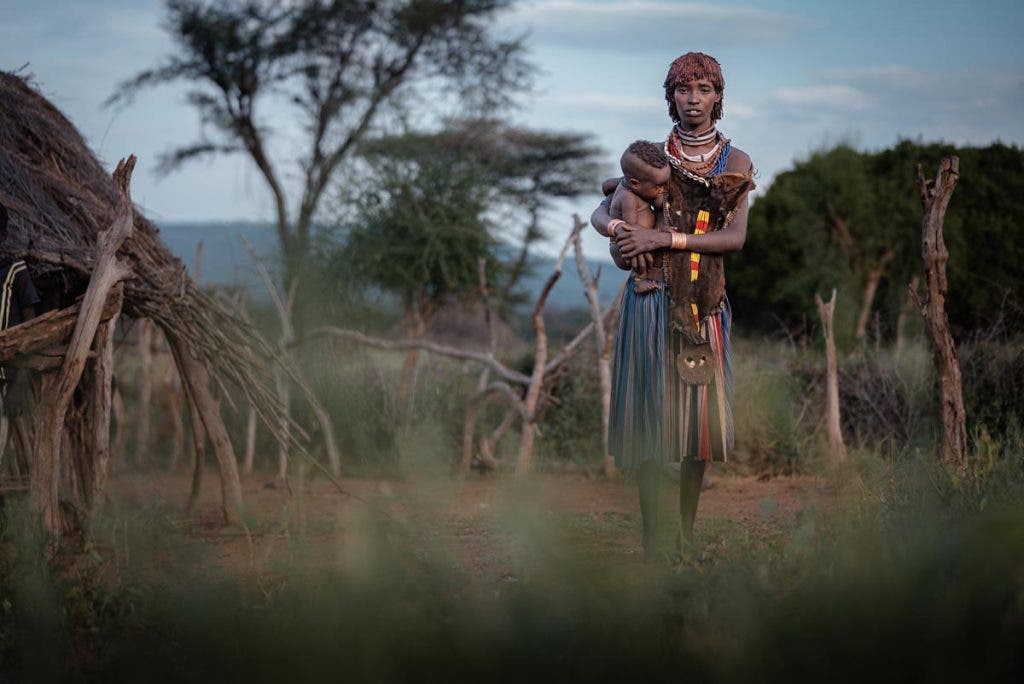
Artistic Journey: Seeing the Viewer
Kamran’s response resonated with me. I smiled with delight because I finally received the answer I had sought since I first picked up a camera. My viewpoint had always revolved around the technical aspects, the photo, and the photographer. I had not focussed as consciously on the perspective of “the viewer.” While I was still processing what I had just heard, he resumed, “Muji, for me, it’s not just about the visuals; it’s about the essence of a photo that etches itself into memory. It might be the composition, the light, the story, or the subject—perhaps a blend of them all.” We concluded that what truly makes a photograph special is how each viewer interprets it through the lens of their own life experiences. There are no objective criteria; it’s a deeply subjective journey.
Ultimately, the viewer breathes life into the photograph.
He persisted, “It’s essential to understand that if you can convey your emotions and story visually, you are not just a photographer but a storyteller. Channeling your feelings into a photograph requires a strong commitment, exceptional skill, and dedicated practice. As writers seek to find their voice, photographers must discover their eyes. This is a crucial journey that defines your craft.” His words reminded me of Henri’s quote, and I finally understood it.
Artistic Journey: Simple Gear, Inspired Work
I examined Kamran’s gear, which he had spread out for us to pack as he prepared to continue picking up his bicycle journey through Madagascar. He uses a full-frame Sony FX3 and a crop-sensor Sony FX30. Despite the FX3 having only 12 megapixels, he prefers it for its outstanding performance in low-light conditions at high ISOs. A combination of FX3 and a Sony 14mm f1.8 GM lens gives him high-quality and sharp images while photographing the night skies.
He also pairs the camera with a Sony 70-200mm f2.8 GM OSS lens to photograph the indigenous tribes, especially at sunset and twilight. A Sony 24-70mm f2.8 GM lens is his go-to for video making with a 1-5 stop ND filter.
His FX30, a crop sensor camera, is his workhorse during the day for capturing wildlife with a 70-200mm f2.8 GM lens.
While he emphasizes the importance of having the best equipment you can afford, he also commented, “The tool should feel like second nature to you. When expressing your emotions, you can’t be consumed by figuring out shutter speeds or other camera controls. It must be as intuitive as a brush in a painter’s hand. You should understand how mixing certain colors will result in specific outcomes. Therefore, practicing with your tools and becoming familiar with your gear is essential. Keep taking photographs until you discover your voice.”
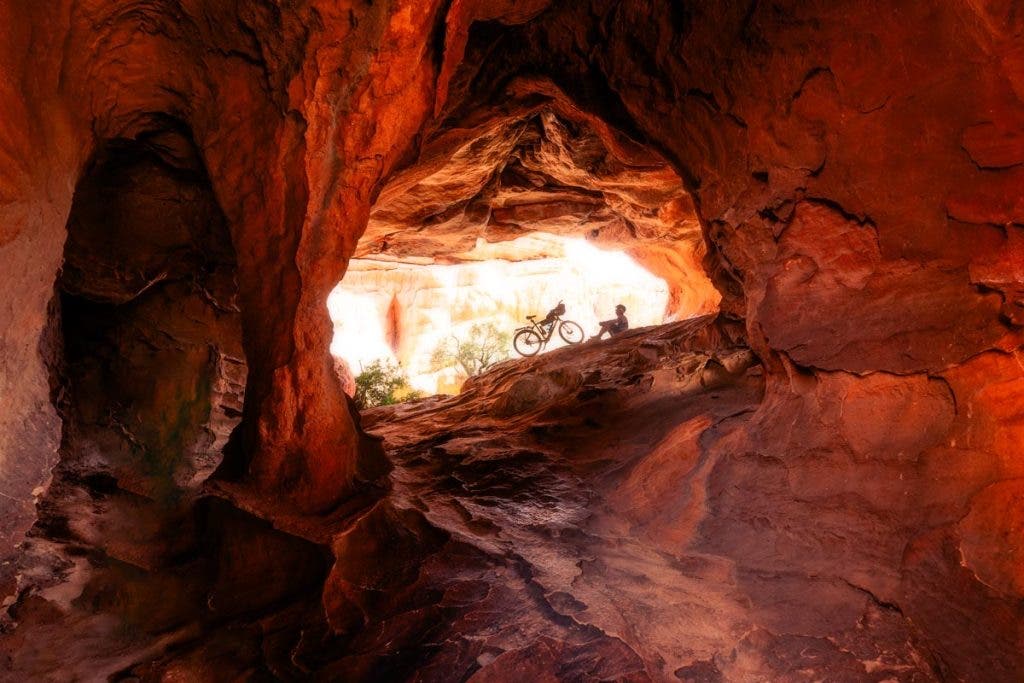
“A Thorough Working Understanding of Your Equipment is Key.”
During this month, which was dedicated to collaborative photography, Kamran and I engaged in discussions primarily centered around the concepts and narratives we sought to convey rather than focusing on the equipment’s technical settings or operational aspects. Our mutual emphasis was on eliciting specific emotions through our imagery. We did not approach our objectives to produce the most aesthetically pleasing photographs. With each moment captured, we contributed to Kamran’s overarching narrative of exploration in Africa. In our discussions, we often delve into various photography concepts such as exposure compensation, focus modes, the rule of thirds, bracketing, shadows, highlights, and white balance, seamlessly navigating these terms without the need for explanations.
One key takeaway from my experiences with Kamran has been the importance of not settling on the first compositional idea. He encouraged me to examine the motivations behind each element within the frame, particularly the placement of the subject. Kamran expressed admiration for the locations I chose, sharing his feelings about each one. However, during our sessions, he also moved quickly to capture the most compelling moments. Amidst the hustle, there were moments of genuine awe at the surroundings, followed by a renewed focus on finding the optimal angle, lighting, and composition for our shots.
Improving as an Artist and Storyteller
To truly appreciate photography and storytelling and improve one’s skills as a photographer, mastering the settings and techniques is essential to the point where you no longer have to think about them consciously. This proficiency allows for complete immersion in the story one wishes to tell. Consequently, this approach leads to a more enriching experience. It increases the likelihood of creating impactful images that resonate with both the photographer and the audience—“the photos that you do not forget!”
All photos Muji/Kamran
